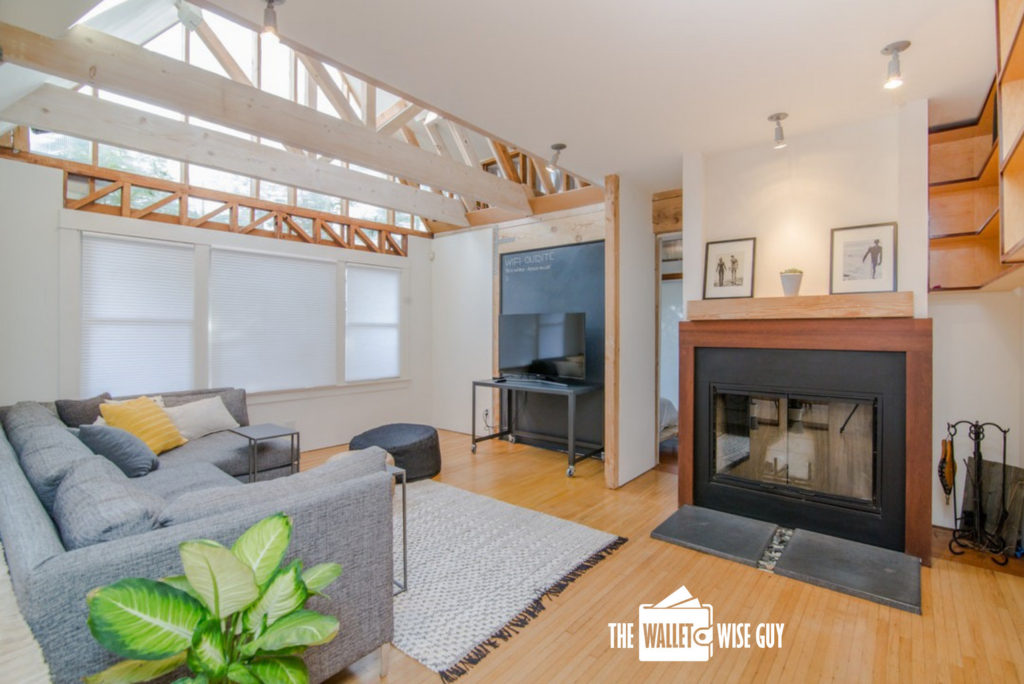Let’s admit it. When buying a home, most of us get giddy and excited about the more enjoyable parts of home ownership – planning the interior design, picking the paint colors, and gardening. We barely think about the possibility of our homes getting consumed by fire or hit by some unfortunate event.
Home ownership can be so much fun and very fulfilling. But it does come with plenty of responsibilities. There are very few things in life worse than losing your home and belongings to an unexpected catastrophe or natural disaster and realizing that you don't have enough insurance to rebuild and cover your losses.
This is the reason that purchasing and understanding homeowners insurance is essential. Keep reading to see a quick overview of the various home insurance types and a head-to-head comparison of extended vs. guaranteed replacement cost homeowners insurance.
Insurance Options for Homeowners
There are several coverages included in typical home insurance, such as personal property and liability insurance. But at the core of every homeowner's policy - and its most important aspect - is the dwelling coverage, which protects the main structure of the home.
There are four loss-settlement options homeowners can choose from. Each one works a bit differently than the others. Your options include:
- Actual cash value
- Standard replacement cost
- Extended replacement cost
- Guaranteed replacement cost
Actual cash value and standard replacement costs are your basic coverage choices, while the other two are what you can consider as upgrades to your standard replacement cost coverage.
This article will discuss further the key differences between extended and guaranteed replacement costs. But to do that, we need to go over ACV (actual cash value) and RCV (replacement cost value) first.
Overview of Actual Cash Value and Replacement Cost Value Coverage
Out of the four dwelling coverage options, ACV is the least expensive. Why? Because when you go for actual cash value, you basically get what you pay for – in this case, the predetermined coverage amount – minus the depreciation cost.
During a claim, the insurance company will factor in the age of your home and deduct the depreciation cost to your policy amount, so you almost always end up with less than the amount that your policy states. This will leave you footing a much larger chunk of the cost of rebuilding your home to its former glory. With any of the other replacement cost options, however, the insurer takes care of the bill without considering the depreciation cost or the home’s current market value.
Say, you have standard replacement cost coverage and your home was severely damaged in a fire. In this case, your insurer will reimburse you the cost of rebuilding your home to its previous condition, but only up to the limit of your dwelling coverage.
If building and labor costs have increased over the years and exceed the limit of your policy, then you'll have to pay for the remaining amount out of pocket. This very reason is what makes upgrading a standard RCV coverage to extended to guaranteed replacement cost worth it.
Extended vs. Guaranteed Replacement Cost Coverage
Both extended and guaranteed replacement costs are endorsements of your standard RCV policy, which means they offer more protection and have a higher amount of coverage. They are not, however, one and the same.
Extended Replacement Cost Coverage
With extended replacement cost, the insurance company will reimburse you for a certain percentage over the policy limit – typically between 25% - 50%. This means you’ll get 25% to 50% more than your dwelling coverage limit. For example, your home has a dwelling coverage of $400,000, and you have extended replacement coverage of 25%, your insurance company will pay you up to $500,000 in building costs.
So, if extended RCV gives you extra protection, what about guaranteed replacement cost? Well, this one takes your homeowner's insurance policy to the next level. In the face of a total loss, that one word – guaranteed, will save you from any financial dilemma as far as rebuilding your home is concerned.
Guaranteed Replacement Cost Coverage
Guaranteed replacement cost will pay for whatever amount it takes to bring your home back to its pre-damaged state, even if it costs 200% or 300% above your policy limits. It’s the best insurance option there is for protecting what is probably your most valuable asset and investment – your home.
Keep In mind, though, that these upgrades to your standard replacement costs coverage will only reimburse you for the cost of rebuilding your home to its ORIGINAL CONDITION. Neither will pay for additional square footage that was not there before the damage.
Which Time Of Dwelling Coverage Should You Choose?
Most people tend to insure their home for around the same amount they paid for it. But the thing is, when taking into account market volatility and inflation in the next few years, that amount may not be enough to cover everything. Ideally, your dwelling coverage should be more than the market value of your home. Go for guaranteed replacement cost, if your finances allow.
The irony is that home insurance belongs to that group of very rare things that we diligently pay for but hope against hope we never have to use. Still, the peace of mind that comes from knowing that you have sufficient coverage for when disaster strikes is priceless.
About the Author
Rachael Harper is the Content Marketing Strategist of Bennett & Porter, a wealth management and insurance firm based in Scottsdale, Arizona. When not writing, she makes use of her time reading books and playing bowling with her family and friends.

